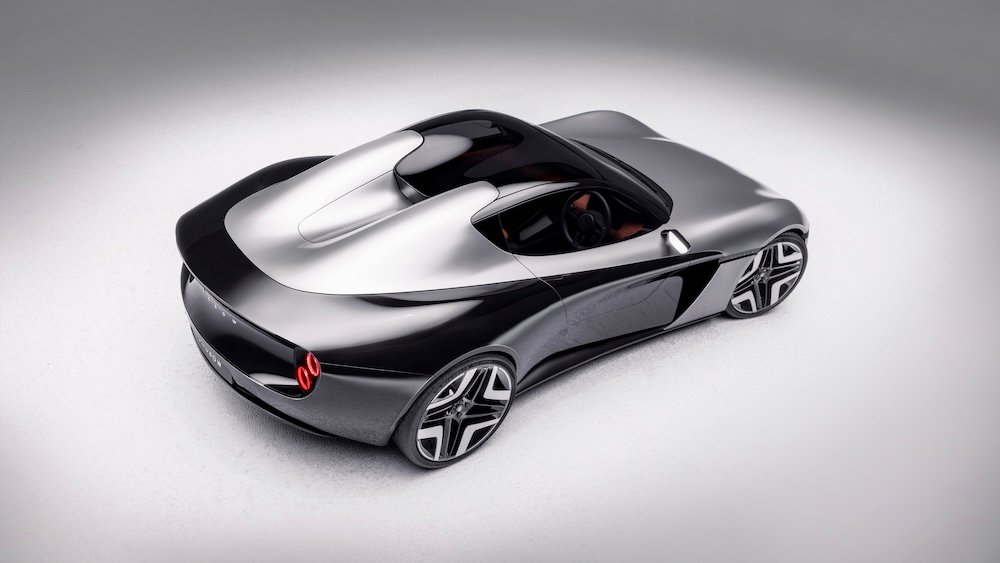As the electric vehicle (EV) industry accelerates towards a sustainable future, aluminium has emerged as a pivotal material, offering a trifecta of benefits: reduced weight, enhanced strength and environmental friendliness.
The lightweight advantage
Weight reduction is paramount in EV design, directly influencing range and efficiency. Aluminium, being significantly lighter than traditional materials like steel, plays a crucial role in this aspect. For instance, replacing copper with aluminium in conductors can substantially decrease vehicle weight, thereby improving energy efficiency and extending driving range.
British startup Longbow exemplifies this approach with its Speedster and Roadster models. These electric sports cars feature bespoke aluminium chassis, resulting in weights of just 1,973 and 2,194 pounds, respectively. This lightweight construction enables impressive performance metrics, such as 0 to 60 mph acceleration in approximately 3.5 seconds, while maintaining agility and efficiency.

Image source: Longbow
Structural strength and safety
Beyond weight savings, aluminium offers exceptional strength and durability. Its high strength-to-weight ratio makes it ideal for EV body construction, providing structural integrity without compromising on weight. Additionally, aluminium’s corrosion resistance ensures longevity, even in harsh environments.
Chrysler’s centennial electric concept car showcases the integration of aluminium in its design, combining sleek aesthetics with robust performance. The use of aluminium contributes to the vehicle’s structural strength while maintaining a lightweight profile, aligning with modern EV design philosophies.

Image source: Chrysler
Thermal management and battery efficiency
Effective thermal management is critical for EV battery performance and safety. Aluminium’s excellent thermal conductivity makes it an ideal material for battery enclosures, aiding in heat dissipation and maintaining optimal operating temperatures. This not only enhances battery efficiency but also extends its lifespan.
A standout example is the Audi e-tron GT, which benefits from advanced aluminium solutions developed in collaboration with Constellium. The partnership supports thermal regulation and battery protection by integrating aluminium into battery enclosures and structural components, combining lightweight strength with high thermal efficiency. This collaboration not only enhances the vehicle’s performance but also contributes to extended battery life and improved overall range.

Image source: Audi MediaCentre
Sustainability and recyclability
Aluminium stands out for its recyclability, with up to 90% of aluminium being reusable without significant loss of properties. This characteristic aligns with the EV industry’s sustainability goals, reducing the environmental impact of vehicle production and end-of-life disposal.
The metal’s abundance and recyclability make it a sustainable choice for large-scale EV manufacturing. By incorporating recycled aluminium, manufacturers can lower production costs and carbon footprints, contributing to a greener automotive industry.
Conclusion
Aluminium’s multifaceted benefits, lightweight, strength, thermal conductivity and recyclability, position it as a cornerstone material in the evolution of electric vehicles. As the industry continues to innovate, aluminium will undoubtedly play a central role in shaping the future of sustainable transportation.













